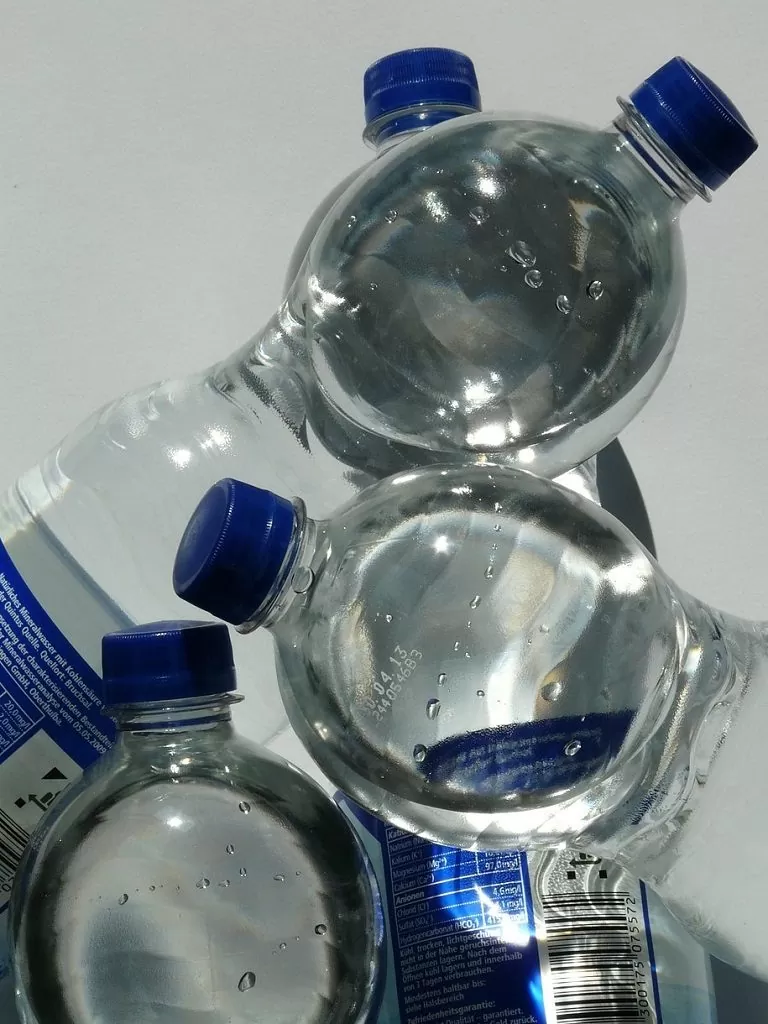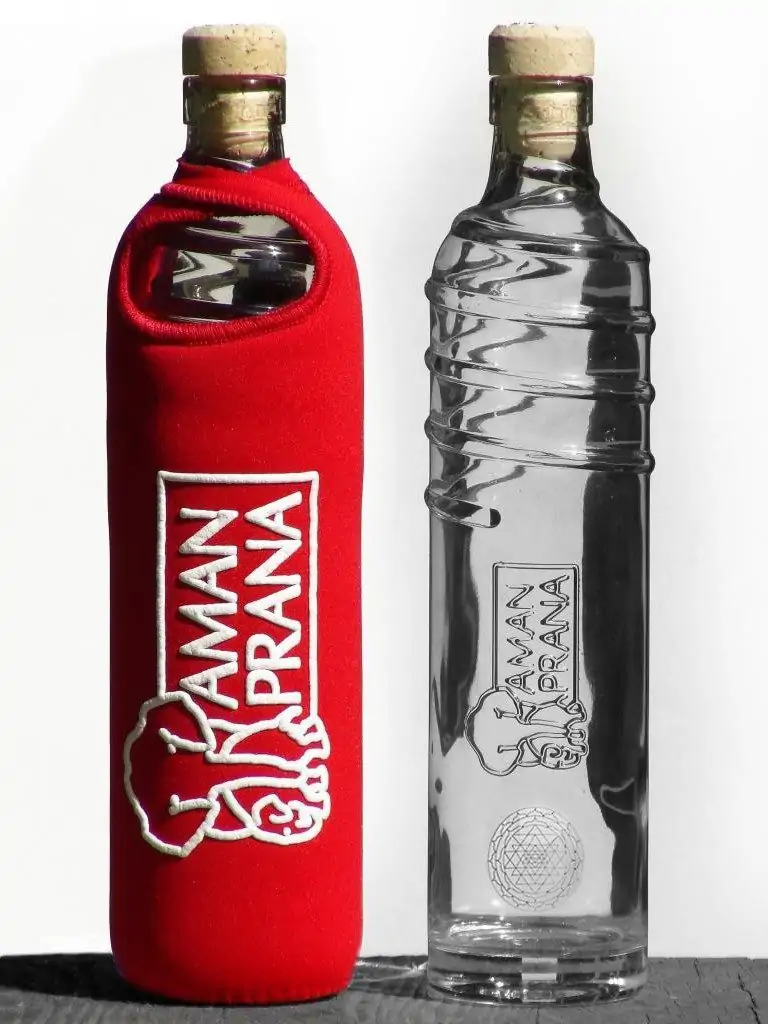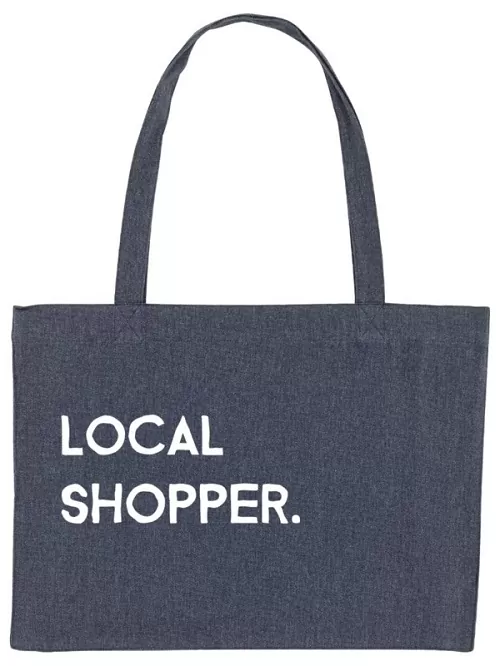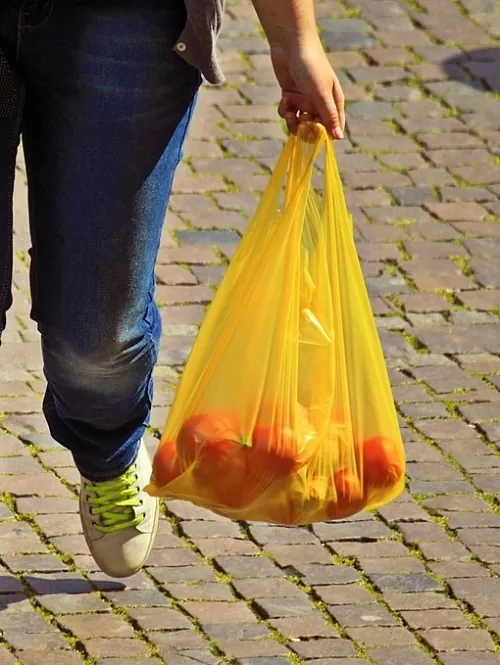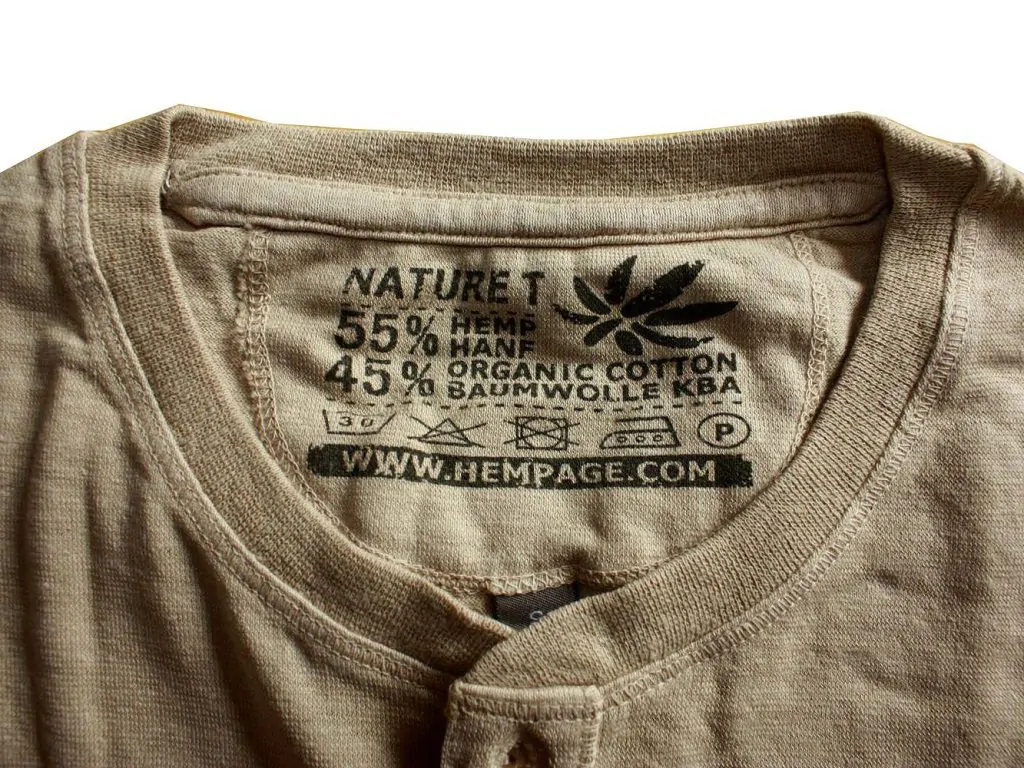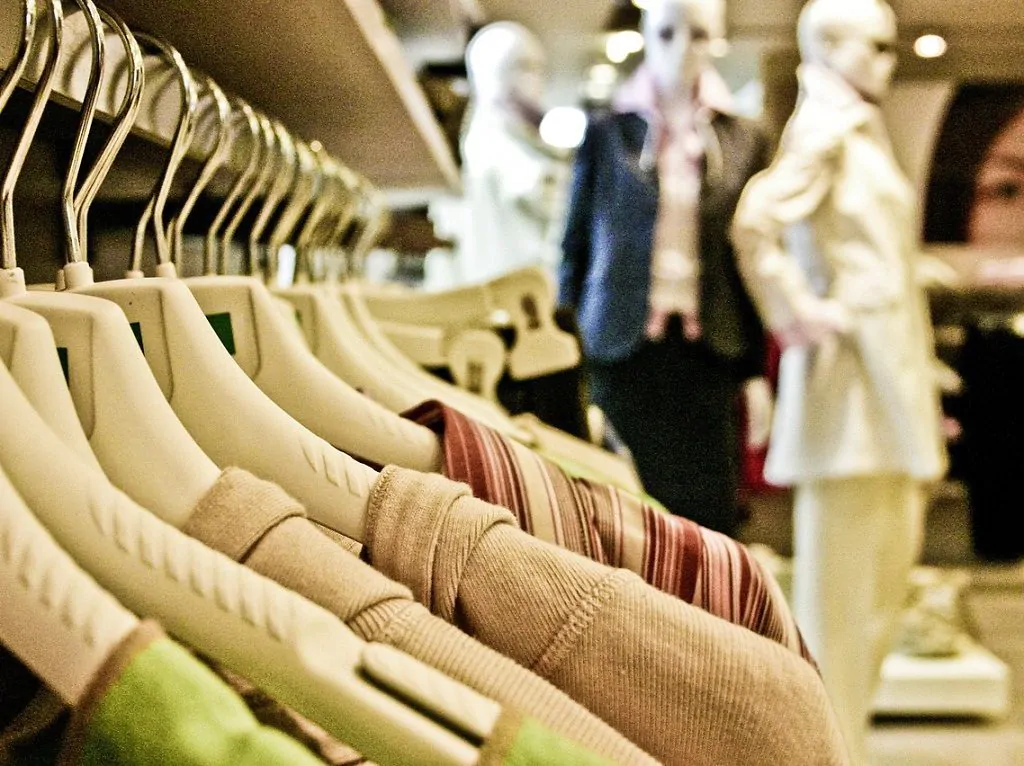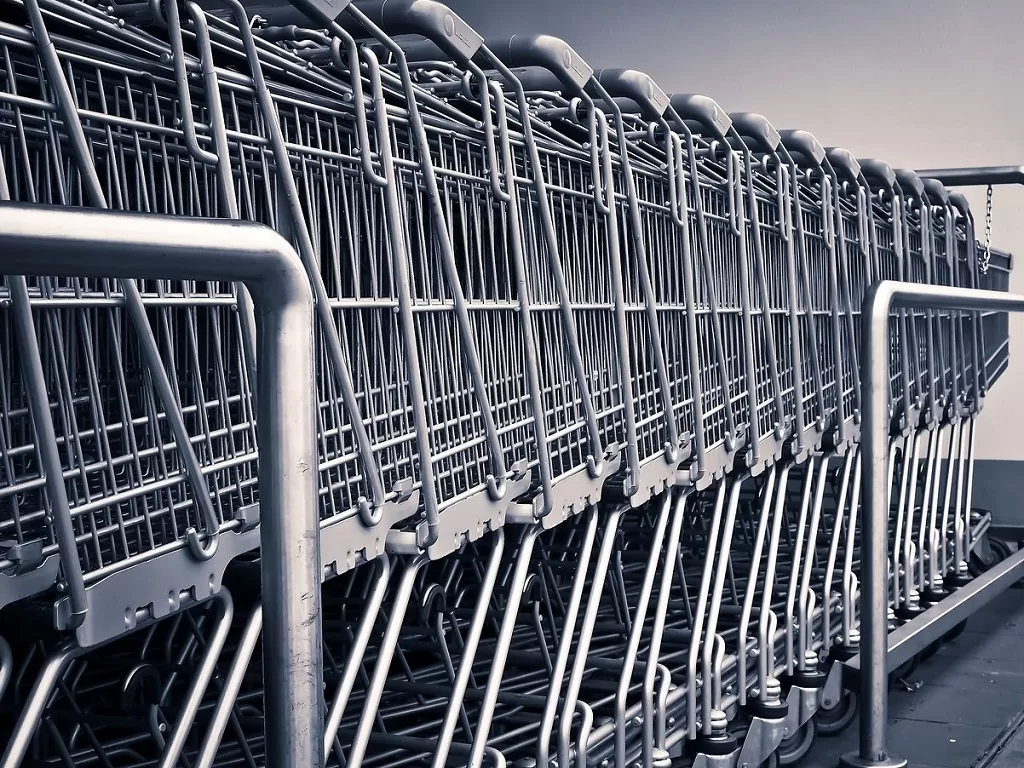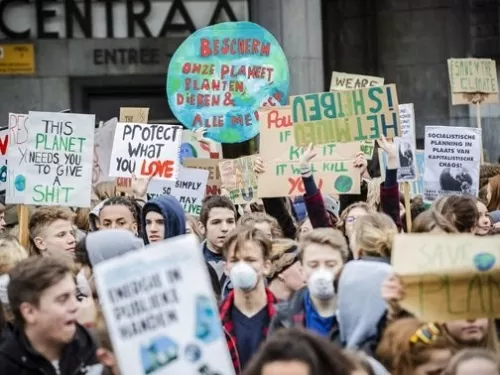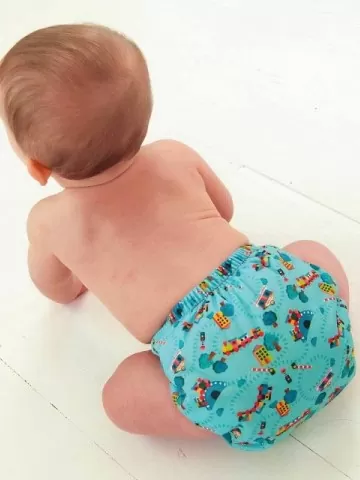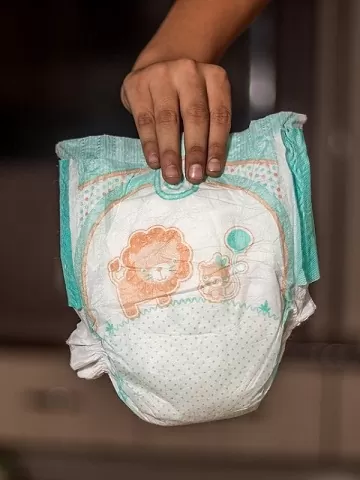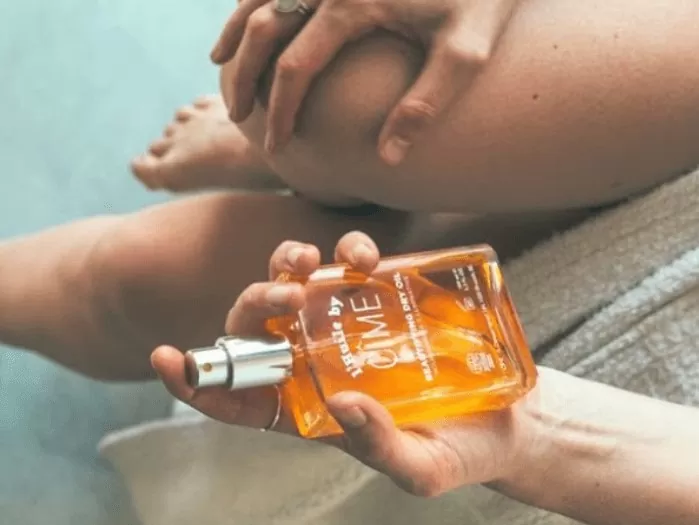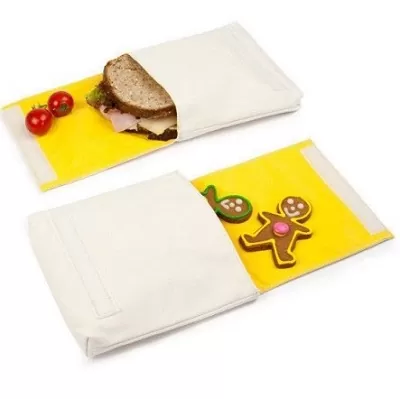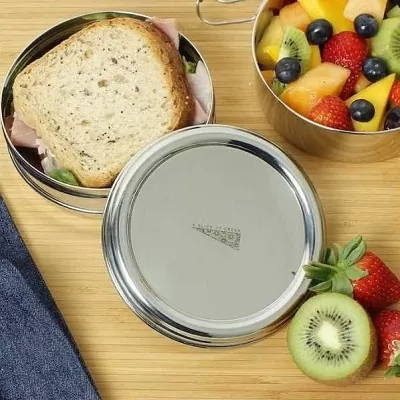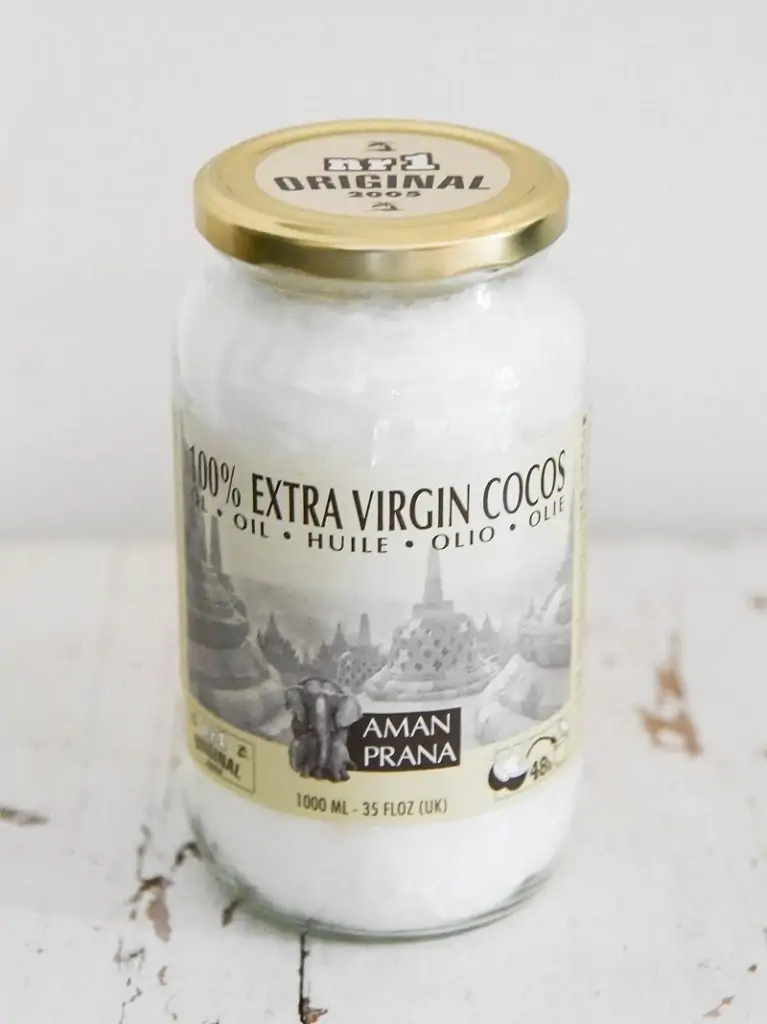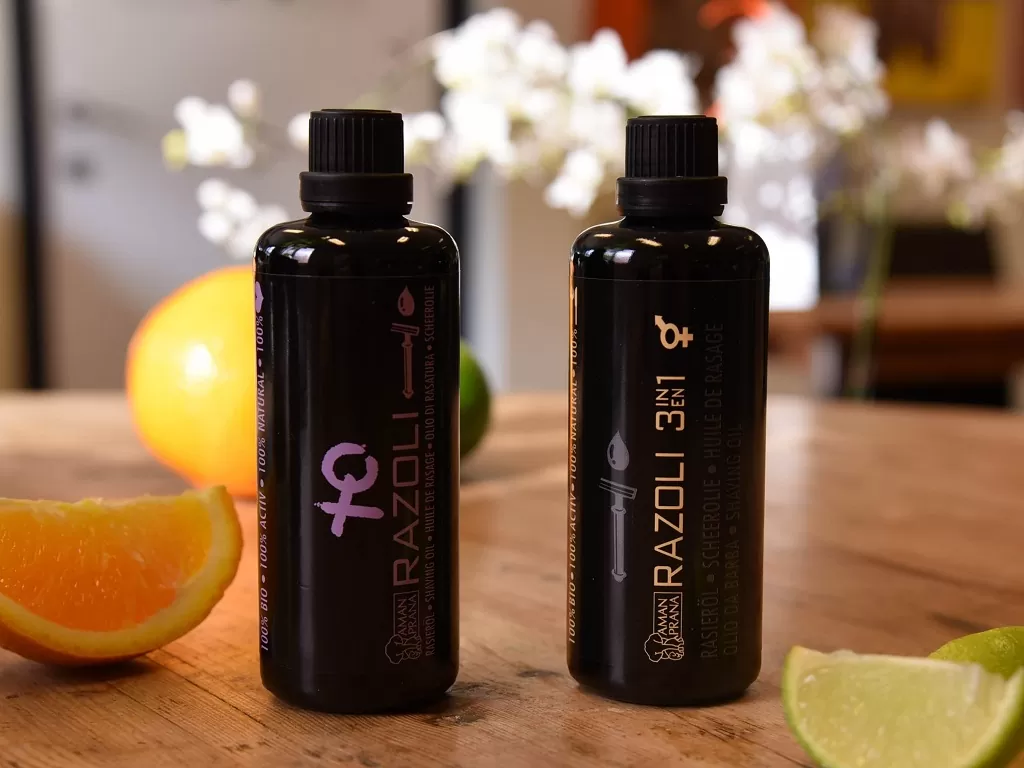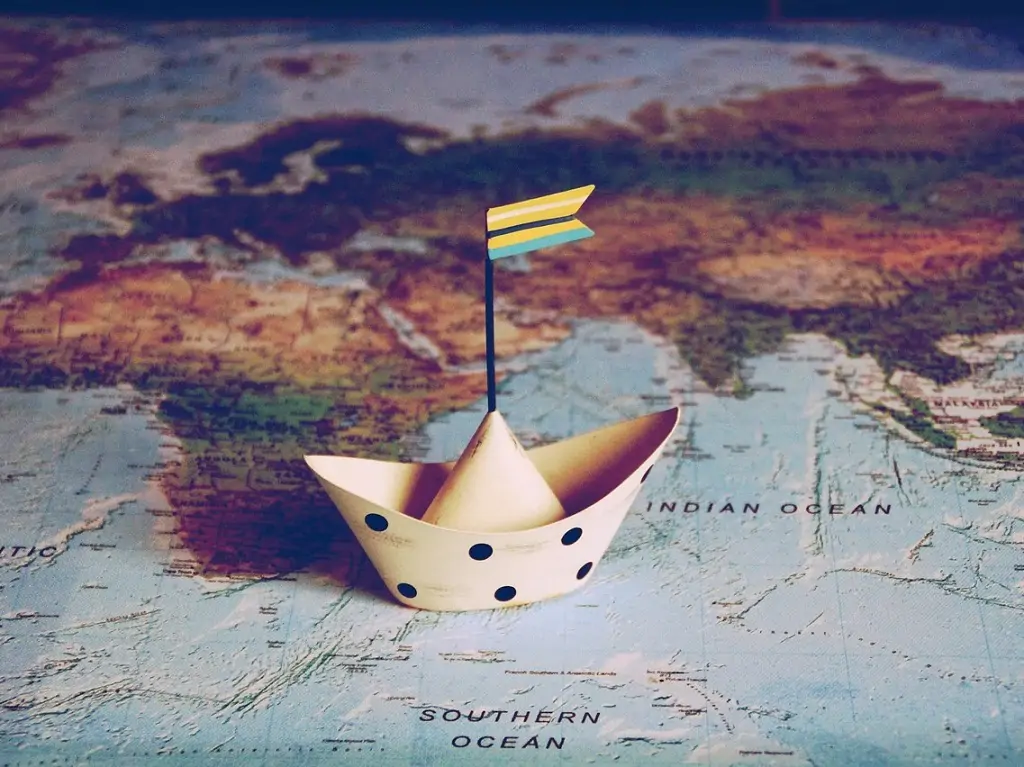Plastic in the oceans has tripled in the last 10 years.
It is expected that this plastic pollution will triple again in the next 10 years.
The envisioned future warns of an “out-of-sight, out-of-heart” approach to the plastic problem. One would think that the awareness about plastic damage has increased in recent years, but nothing turns out to be less true. We all just continue to drink from plastic bottles. More and more each year.
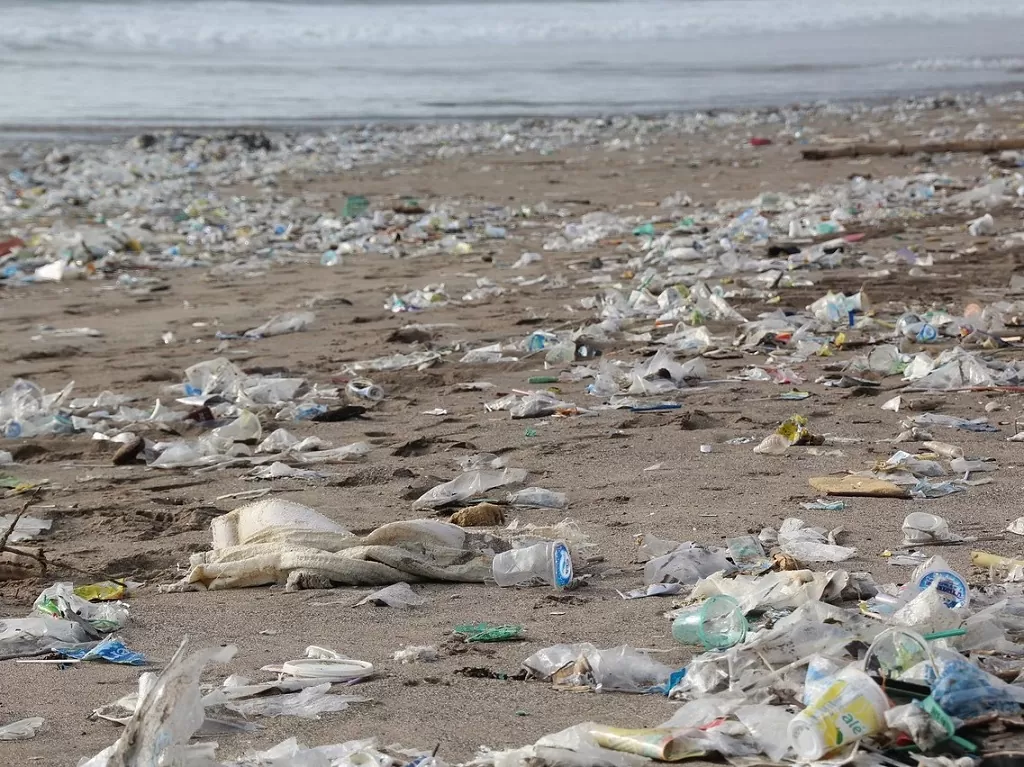
We must end our relationship with disposable plastic!
Experts warn that plastic is one of the biggest threats to the earth. The earth is already struggling with numerous problems such as rising sea levels, global warming, acidification of the water, toxic heavy metals and chemical pollution. Experts warn that we must take action NOW. No life on the moon is possible. There is no plan B for us.
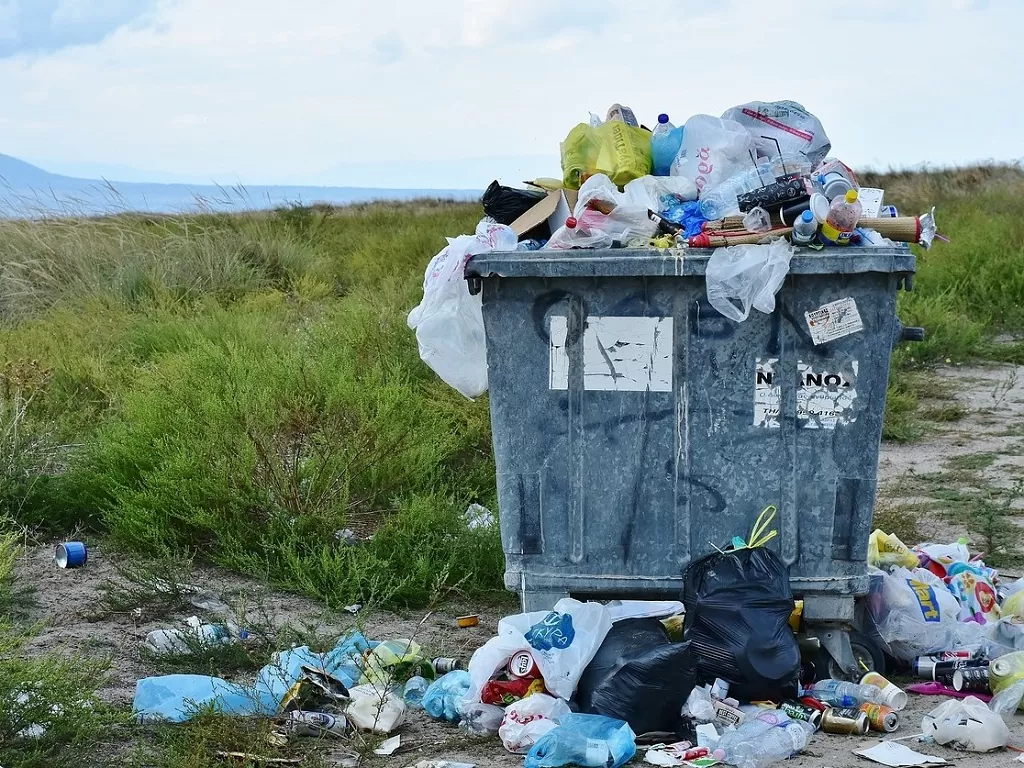
Plastic as one of the greatest threats to our earth.
What is the difference between micro and macro plastic contamination?
We talk about micro plastics and macro plastic pollution, but what is the difference?
Plastic bottles float around in our waters, and this we call macro plastic pollution. These plastic bottles decay very slowly but surely and we talk about micro plastics. These particles are no longer visible to the naked eye, but they are extremely harmful to our health.
Greenpeace calls us up for action. We have to end our relationship with disposable plastic.
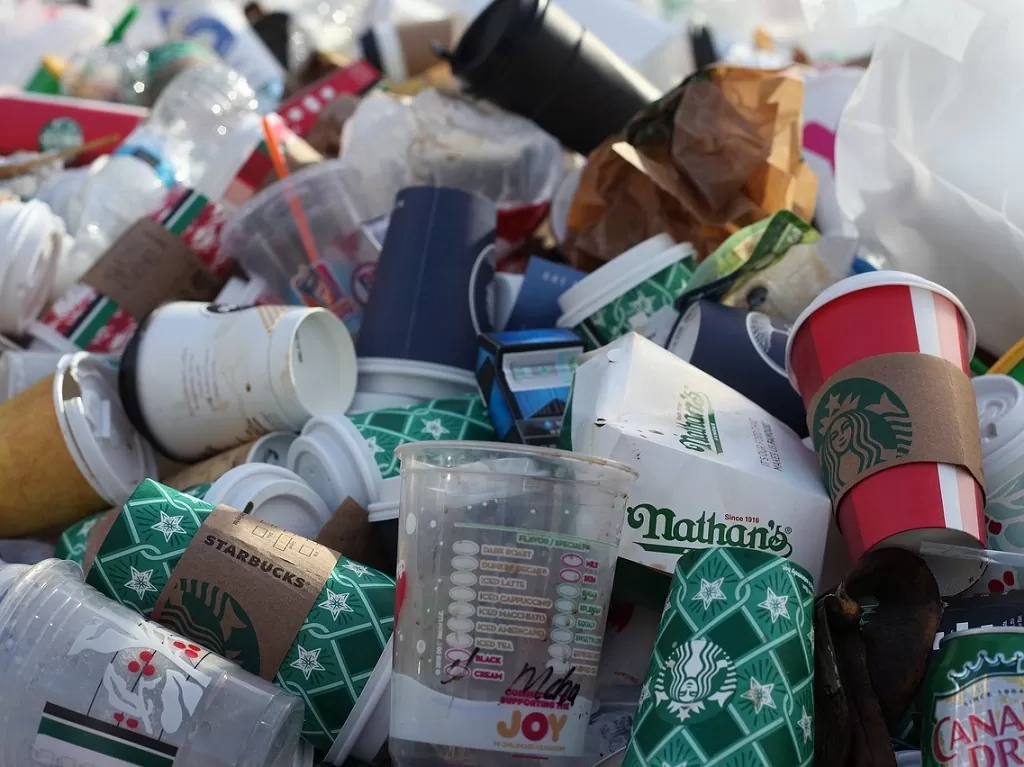
We must end our relationship with disposable plastic!
What can you yourself do to ban disposable plastic from your life?
-
- Do not use plastic bottles any longer.
There is now a whole range of alternatives for the disposable plastic bottle.
Refuse plastic cups, straws and jars.
- Ban plastic carrier bags from your life.
Always have a reusable bag with you. In the beginning it takes some getting used to, but if you persist, it eventually becomes just as automatic as taking your bank card with you when you go shopping. You forgot anyway? Most supermarkets have a container in which they deposit cardboard boxes.
- Buy clothes made of natural materials.
You will find microplastics in synthetic clothing. The waste water is contaminated with these plastics with every wash. Microplastics cannot be filtered out of the water and therefore end up in our waters again.
- Convince your supermarket to include plastic elimination as one of their objectives.
Convince your supermarket to include elimination of plastic as one of their objectives.
- Let your voice be heard. Convince politicians. Participate in truancy for the environment.
Be heard! Truancy for our environment.
- Do not use synthetic diapers or synthetic wet wipes.
- Opt for organic body care without microplastics and chemicals and preferably in glass packaging.
Opt for organic body care products in glass packaging.
- Prepare your own lunch and take it with you in a reusable box or packaging wrap made from organic cotton.
- Bring glass and glass containers back into your life.
Replace plastic filters with charcoal.Let glass containers come back into your life.
- Replace shaving cream with shaving oil.
Replace shaving cream with shaving oil.
- Read about the cradle-to-cradle principle.
This principle ensures that everything we use can be composted or reused. Then there will be an infinite surplus of everything in the world and no pollution.Cradle-to cradle – everything we use should be composted or reused.
- Do not use plastic bottles any longer.

